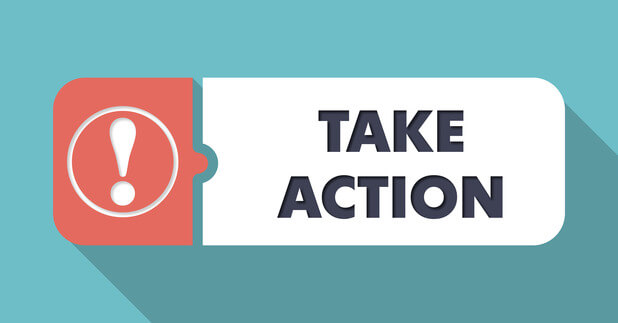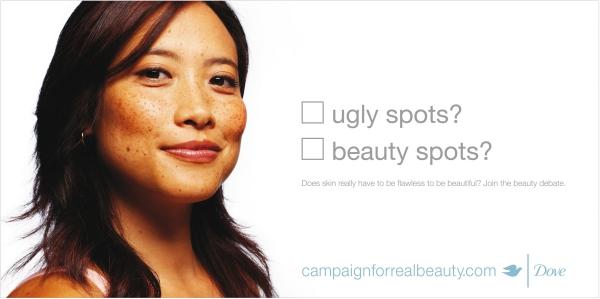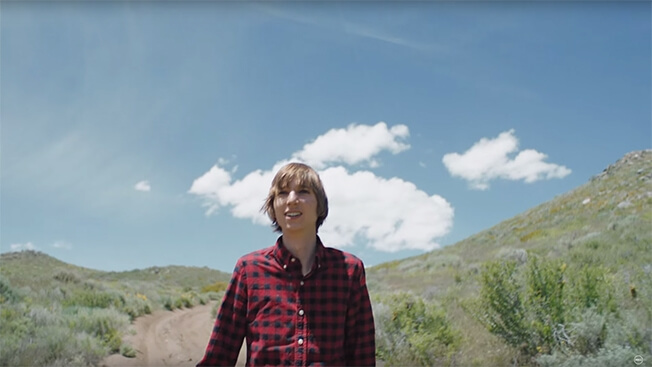It’s hard to believe it has been more than ten years since Unilever launched the Dove® Campaign for Real Beauty. The campaign launched in September 2004 with an ad campaign featuring “real women whose appearances are outside the stereotypical norms of beauty,” according to Dove.com. The ad above is one of the first ads that ran in the inaugural campaign.
The campaign evolved in 2005 with advertising that spotlighted six women with “real bodies and real curves.” The following year found the third phase of the campaign focusing on helping young girls and young women overcome feelings of low self-esteem. That year, a fund was created to “act as an agent of change to inspire and educate girls and women about a wide definition of beauty.” The campaign took on a new approach in 2010 with the Dove® Movement for Self-Esteem and gave women the opportunity to “mentor the next generation and celebrate real beauty.”
It was a bold approach, but did it work? According to Advertising Age, sales went from $2.5 billion in its first year to $4 billion today. But Ad Age asked the question: did it change perceptions? It’s an interesting question because it implies a multi-faceted marketing objective. Did they sell more of the product? They sure did. But were they aiming for a bigger impact? That’s an unqualified ‘yes.’ As far as changing perceptions, Dove says that research from Harvard psychologist Nancy Etcoff, who looked at the campaign, found that more women today define beauty on a wider array of qualities beyond looks, such as confidence.
There’s a lesson to be learned from Dove as you establish your own company’s marketing objectives. Selling more products is one thing, but to truly ingrain your brand into the hearts and minds of consumers, you need to think beyond sales. The Dove campaign had lots of extensions that carried their message of the need for a wider definition of beauty beyond traditional advertising. They created a fund to teach girls about self-esteem and partnered with organizations like the Girl Scouts and Boys & Girls Clubs of America. The campaign execution was also unique. In 2006 Dove released a video that practically blew up YouTube. Today it has more than 18 million views (https://youtu.be/iYhCn0jf46U). It was considered a tipping point because it turned the campaign into a household name.
The current iteration of the campaign is called Real Beauty Sketches. It continues to carry Dove’s message of power and beauty.
 As you think about your own company and brand, how can you go beyond the tried-and-true to elevate your brand’s values? (For more on purpose-driven branding see People don’t buy what you do, they buy why you do it.) Can you start a conversation with consumers that gets them to think differently about your brand?
As you think about your own company and brand, how can you go beyond the tried-and-true to elevate your brand’s values? (For more on purpose-driven branding see People don’t buy what you do, they buy why you do it.) Can you start a conversation with consumers that gets them to think differently about your brand?




